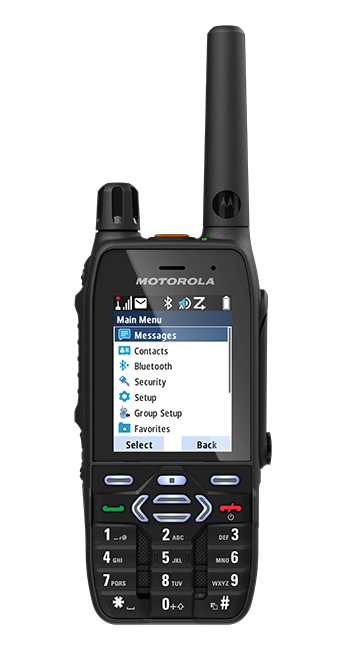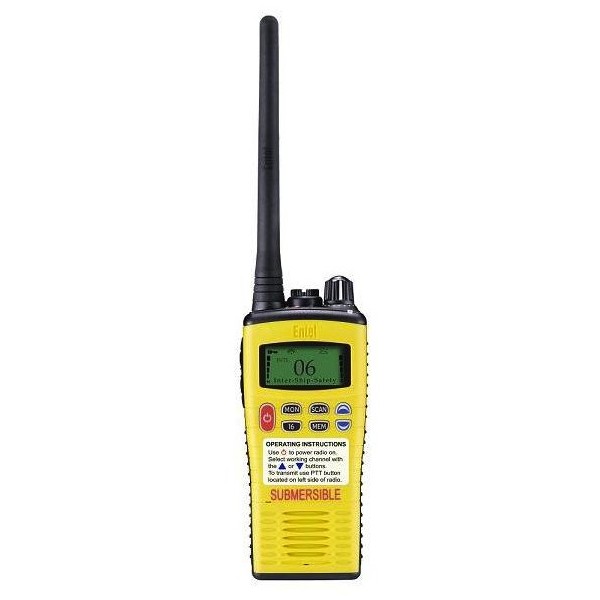School Cybersecurity over two-way radio is an important, as part of GDPR & Safeguarding.
Many schools have been sold ‘Walkie Talkies’, and other radio communications devices, through misleading advertising.
Private Channel
Private channel is a phrase that we have come across in two-way radio marketing, and its misleading.
Phrases like private channel, and privacy channels, mean that you aren’t likely to hear anyone else on your chosen channel.
It doesn’t necessarily mean that eavesdroppers cant listen to your conversations.
CTCSS & Colour Codes
CTCSS is short for Continuous Tone-Coded Squelch System.
It is a sub-audible tone that is added to a radio transmission to help reduce interference from other radio transmissions on the same frequency.
It allows multiple users to share the same frequency without hearing each other’s transmissions.
CTCSS is used in analogue two-way radio systems, such as those used by businesses, schools, and public safety organisations.
CTCSS tones are typically in the range of 67-250 Hz.
Colour codes are used by two-way radios that use a digital transmission standard.
DMR (Digital Mobile Radio) is a digital voice and data standard for professional mobile radio (PMR) users.
DMR colour codes are used to divide a DMR channel into multiple “talk groups” or virtual channels.
Each talk group can have its own colour code, which is used to differentiate it from other talk groups sharing the same frequency.
In DMR, each radio has a unique ID, and each talk group has a unique ID, and when a radio is set to a specific colour code, it can only hear and talk with radios that are also set to the same colour code and same talk group ID.
This allows multiple users to share the same frequency and still maintain privacy and avoid interference.
Colour codes identify different groups of users on the same frequency, so the radios can filter out transmissions not intended for the user’s group.
The Colour code is a setting on the radio, to join a specific group of users, and it’s usually set by the radio administrator.
PMR446
Many schools buy off the shelf radios.
These ‘should’ be what is known as PMR446.
PMR446 radios do not need their colour codes (digital), or CTCSS (analogue) to be set up by a dealer / administrator, as they come pre set-up.
PMR446 is a low power licence free type of handheld walkie talkie.
If your school has bought a higher power licenced, ‘off the shelf’, then its probably operating illegally.
In the UK, all non PMR446 business radios, require the relevant OFCOM licence.
GDPR Implications
If other people can potentially listen in to your radio communications, then confidential information, is potentially at risk of falling into the wrong hands.
Safeguarding Considerations
Safeguarding our students, includes keeping confidential data.
We are aware of confidential data concerning children, being communicated over unsecure two-way radio, in the past.
Summary
In summary, two-way radio systems using CTCSS and Colour Codes, are used to provide users with privacy from hearing other users of the same channel.
They also reduce interference in radio communications, from other users.
However, it’s important to note that these systems do not necessarily ensure complete privacy, as third parties may still be able to listen in on conversations.
Additionally, it’s important for schools and other organisations to ensure that the radios they are using are legally compliant, and to be aware of the implications of GDPR and safeguarding when considering your school cybersecurity over two-way radio.
Action You Can Take
We will come to your school, and review your existing two-way radio communications equipment.
Once you are informed, then you are able to make appropriate decisions, regarding improving your school cybersecurity over two-way radio.
Written by Craig Miles
(01522) 740818




